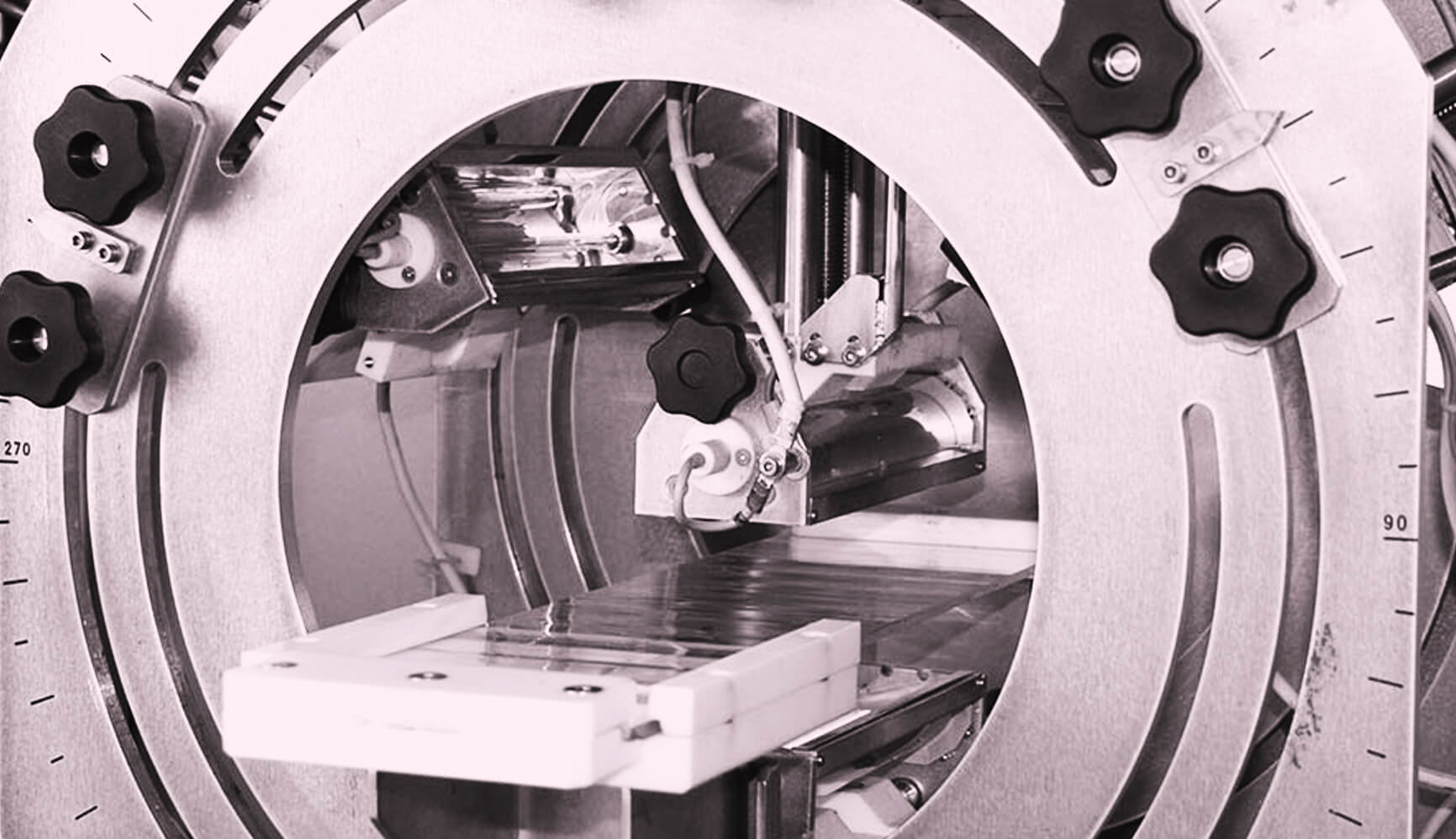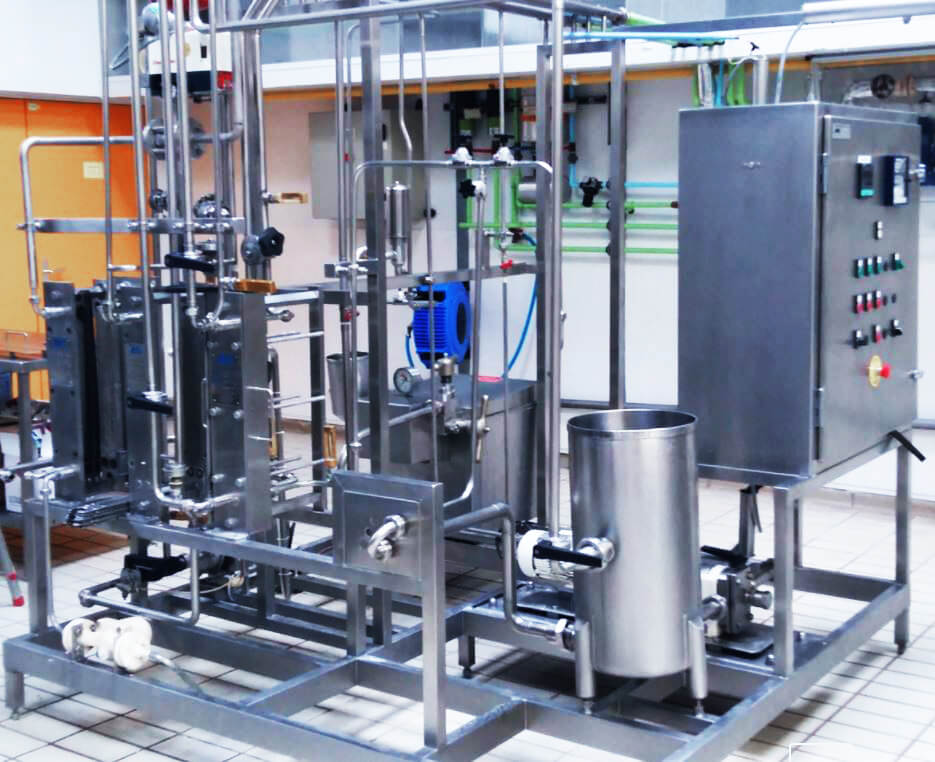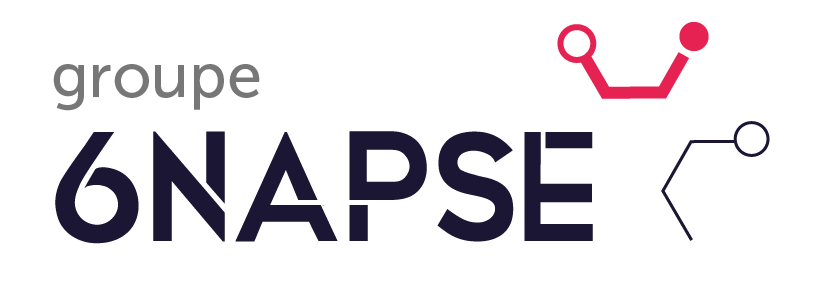Food decontamination for Microorganisms

Ensure the hygiene and quality of your products and surfaces thanks to the expertise of the 6NAPSE Group laboratories. We perform athermal (pulsed light, UVC and photocalysis) and thermal decontamination of your products.
For the food industry, it is essential to guarantee an optimal level of hygiene. Whether it concerns production lines, premises or work plans, food safety requires quality control and decontamination.
Thus, it is important to detect and characterize all the contaminants (biological, chemical or particulate) likely to appear within the framework of a manufacturing process in order to control their potential causes.
ATHERMAL DECONTAMINATION: PULSED LIGHT, UVC AND PHOTOCATALYSIS
Decontamination by pulsed light
The pulsed light process consists of an emission of very intense white light flashes by xenon lamps, a flash lasts about 300 µs and has a spectrum close to sunlight.
Benefits of pulsed light technology
No product heating, rapid decontamination, wide spectrum of technology-sensitive contaminants, no effluent (clean technology), low energy cost, small footprint, etc. This technology eliminates biological or chemical contaminants from products or surfaces.
Examples of pulsed light applications
- Increased shelf life of pre-baked bread
- Microbiological decontamination of seeds (human consumption, seeds)
- Destruction of mycotoxins on cereals, fruits and apple juice
- Extending the shelf life of ready meals
- Decontamination of fruits and vegetables
- Decontamination of sugar syrups
UVC decontamination
It consists of continuous emission in the UV range with an emission peak at 254 nm associated with a turbulation system.
Advantages of UVc technology
High treatment flow rates, compatibility with complex liquids (cloudy, opaque), small footprint, low energy cost. This turbulent continuous UVc technology reduces the contamination of liquid bacteria, yeasts, molds or catalyzes certain chemical reactions.
Application examples
- Athermal pasteurization of fruit juice
- Decontamination of process water before discharge
- Decontamination of brines to increase their useful life
- Treatment of pre-pasteurized milk for shelf life extension
- Increase in vitamin D content of milk
Decontamination by photocatalysis
The excitation of a catalyst (generally titanium oxide) by a UV lamp generates reactive compounds which allow the decontamination/remediation applications of the process by eliminating organic contaminants.
Advantages of photocatalysis
High treatment rates, small footprint, low energy cost
Examples of application of photocatalysis
- Indoor air purification (domestic, industrial)
- Water decontamination
- Self-cleaning surfaces under the effect of UV
THERMAL DECONTAMINATION

Pasteurization :
We have the following drivers:
- A plate pasteurizer suitable for low viscosity products
- A scraped surface pasteurizer suitable for more pasty products
They can be used for feasibility tests and studies of behavior to heat treatments.
Sterilization :
Our laboratories perform pasteurization and sterilization treatments on product samples. Indeed, we are equipped with an immersion autoclave type sterilizer. We have also developed skills in the analysis of temperature profiles and in the calculation of autoclave heat treatment extrapolations.
These skills allow us to reduce the number of tests required to obtain the optimal heat treatment desired, and to facilitate the transfer of our equipment to yours.
The 6NAPSE Group supports manufacturers in controlling contamination risks.
Contact us to discuss your needs quickly and technically!
